A game labeled as 'educational' usually spells its death among hardcore gamers. The educational game genre is mostly intended for children, and games that appeal to children often lack the sort of widespread appeal that makes them commercially successful.
Many people play games to relax or escape—they don't want to think about learning things while they're doing it. But with nearly six million copies sold, is it possible that Minecraft is both fun and educational? For those who don't know, Minecraft is a video game which allows its users to build anything they want with a combination of different types of blocks. It's almost like LEGOs, except that the blocks make up the entire world in which the game takes place. Anything can be taken apart and put back together.
To figure out whether Minecraft was truly an educational game, I interviewed Joel Levin, popularly known as The Minecraft Teacher, who's responsible for the creation of MinecraftEdu, a tool to help teachers use Minecraft in the classroom. Joel is a teacher at a private school in New York, and he's the spearhead of a movement to use Minecraft as a teaching tool for children.
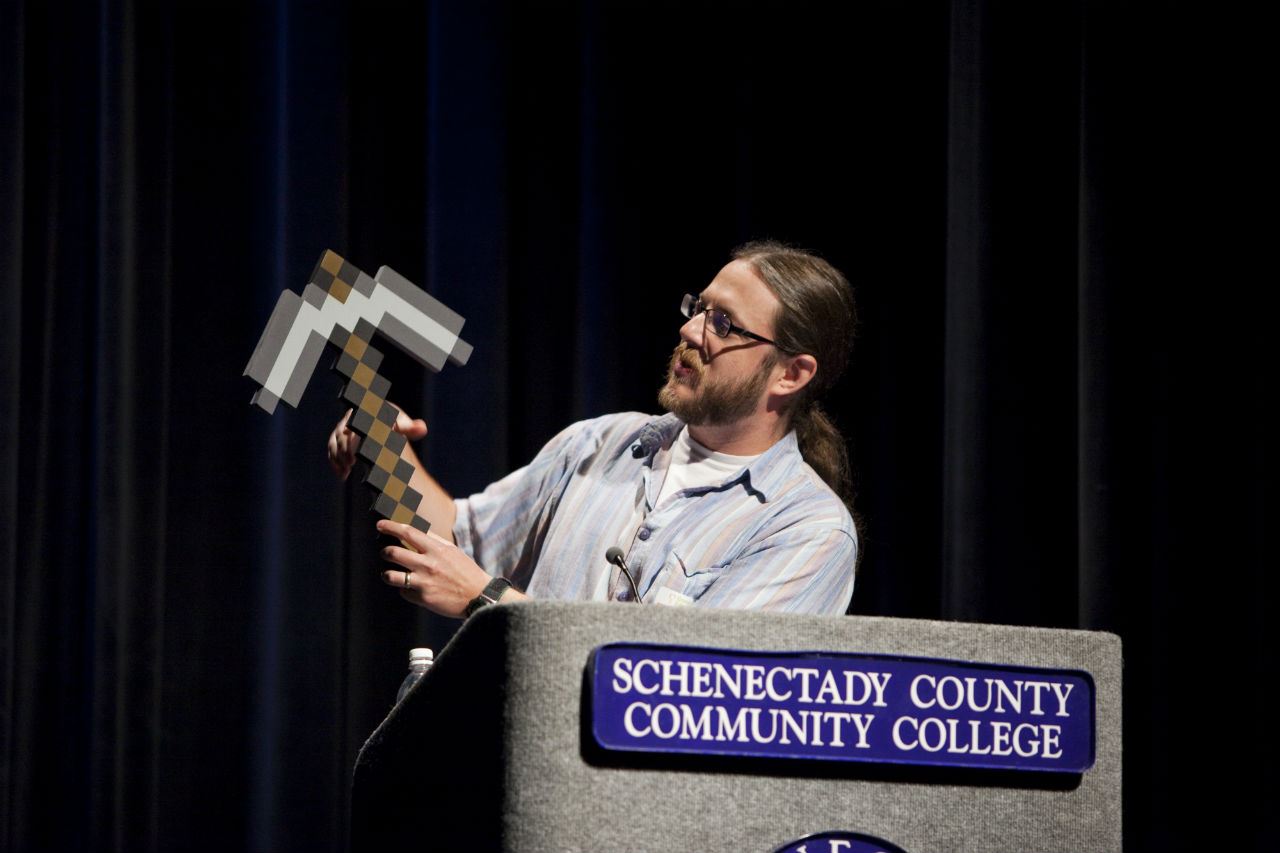
Interview
AUSTIN: So, what made you decide to start teaching Minecraft in the classroom?
JOEL: I've taught video games in my classes before. I always like the way my students respond to it, and I like the results that I can get with it. So anytime I play a game, in the back of my mind I'm wondering, "Would this be good in my class?"
When Minecraft came along, I actually started playing with my daughter, who was only 5 at the time. Even at that young age, she was doing these amazing things; she was solving problems and working out how to overcome obstacles, even figuring out basic math or number sense problems. It was really amazing and eye-opening. And I said I had to try it with my second graders.
AUSTIN: You're a gamer? What are some games you play other than Minecraft?
JOEL: Well, these days Minecraft is pretty much dominating my life, but I just got Diablo 3. I can tell it's a game that's going to be on my hard drive for a long time. But I'm always checking out cool indie games. One of my favorites right now is Spelunky, which is about to come out on the Xbox.

AUSTIN: What lessons does Minecraft teach children?
JOEL: That's a loaded question, because "what does Minecraft teach children" is so open-ended. But let's just stick to the core game experience. If you take a few kids in a classroom and plop them down and have them play regular, old Minecraft, they're so engaged and in the moment, and willing to do anything you ask just to play some more. They're really receptive to whatever I, as the teacher, have planned in the curriculum.
So what do kids learn in Minecraft? Well, they're working together, they're communicating, they're building things, they're conceptualizing 3D spaces. You have to use a certain amount of, if not outright math, then estimation, whether they know it or not, about volume and area. They're converting numbers, like, "If I cut down X number of trees, I'll get this many planks." And that's just the tip of the iceberg, because most of the learning happens outside of the classroom.
James Gee, a researcher and publisher of a lot of game-based learning subjects, talks about 'affinity spaces', how players of a game will gravitate toward cultures online where a lot of learning happens. So kids are going to wikis, forums, or just to YouTube, and they're sharing strategies, they're sharing information. There's a lot of communication that's happening. And along the way, kids are picking up skills.
They're learning how to critically analyze information, they're crunching a whole lot of numbers, or they're learning how to make videos themselves, or publish a blog themselves, or they're making artwork and putting it online. These are not things that are specific to Minecraft, they happen with other games as well, but there's just something about Minecraft that really captivates gamers of all ages, boys and girls. I've really never seen anything like it.

AUSTIN: For the parents out there who have small children and may not have access to a school that has a Minecraft program, let's say that they want to start teaching their children using Minecraft themselves. What advice do you have for them?
JOEL: I mean, I would just start playing. Download the game… there's a free version, and there's a paid version, but I think the paid version offers a lot more. Get the game up and running, and let your kid play it. Then see where it leads.
I think the worst thing a parent could do is plop the kid down in front of Minecraft and then go do the dishes. I strongly recommend sitting in a chair next to your child and just let them be the leader. Let them go with their skill base. If they're into exploring caves, let them do that. If they're into fighting monsters, and you feel it's appropriate, go down that road. Or there's a hundred other things they could do. And chances are that the kids are going to become the experts really quickly, so it's important to ask questions. "Hey, Billy, what are you doing now? Why did you just craft that item? How does that work with these other items that I saw you collect?"
I think parents and teachers will know when to give your kid a little nudge to go a little deeper, and hopefully, what I try to do, is make connections in their lives between what they're doing in the game and some real life lessons.
AUSTIN: What age do you recommend starting children on Minecraft?
JOEL: I mean, as I said, I started my daughter when she was 5 years old. 8-, 9- and 10-year-olds can do it, but 10, 11 and 12 is a pretty good age to start. They have all the basic gamer skills and maturity to play on their own, but are still young enough to have a lot of wonder for the world. But it really continues…
I run a high school club, and I'm playing with 17 and 18-year-olds. They're approaching the game very differently, and are having a very different experience. There are plenty of adults who play, including myself. I even know a certain 63-year-old grandmother who plays.





AUSTIN: Can you give us an example of how complex the things your students make are? Are they mostly static structures, or do they use redstone to make dynamic things?
JOEL: With my second-graders, it's mostly static structures, but they're complicated in terms of the imagination that the kids have used. It's very popular for the kids to say something like, "Let's make a hotel" or "Let's make an amusement park". And they'll make a simple house with tables and chairs, and such. It's roleplay, they're engaging in roleplay. It's like in LEGOs, you set up a scene with LEGOs and then you take your little people and move them around. Only in Minecraft, the kids themselves are playing in that world.
Now my high schoolers, on the other hand, they're doing things that I can't even accomplish in redstone. They're making doors, elevators, and things like that. They also make very complex buildings. One of the kids is very enamored by Chinese architecture, so he's making all of these Chinese things, and it's very cool.
AUSTIN: Do you have PvP enabled on your server?
JOEL: When I do, it's very structured. I usually have it off, but if the kids say they want to fight, I'll say, "Well, let's not just fight. Let's build an arena, and figure out what the rules are going to be." I mean, I've seen it happen…
If I just let them fight, all they're going to do is stand in front of each other and click, click, click. And that's the way they're going to play Minecraft at home, and that's fine. But they're in school, and what I tell them is that the way you play with your friends on a play date is different from the way you play with your friends in the gym. So there's going to be more structure, there's going to be more value that the teachers are trying to get out of it. So for the kids who want to fight and don't want to do anything else, I try to make it more like a sporting event.

AUSTIN: Tell me a little about your project, MinecraftEdu.com.
JOEL: We resell the game to schools for about half off, and we have a custom version of the game that's sort of the dream version for teachers. The creators of the game at Mojang have been incredibly supportive, because they love the idea that teachers are using their game in schools. So they've done everything they can to tweak it to make it as easy as possible for teachers to use.
With MinecraftEdu, it's as easy as just double-clicking an icon and clicking a few check-boxes, and you'll be up and running. We have about a hundred other schools that do MinecraftEdu right now, and all the reviews have been great.
Conclusion
Drawing on what Levin had to say about Minecraft, we can take away two separate conclusions, one for parents and one for children.
Parents: If your child expresses an interest in Minecraft, share that interest with them! Minecraft has so many different skills to offer children that it's worthwhile to let them explore the world and its contents. If you want your child to expand their online presence and learn communication skills, find them a kid-friendly online server (such as ours, hint hint!). Above all, participate in the game with them, and don't just let them play online unsupervised.
Kids: Try to get your parents excited about Minecraft! Don't just play it on your own, but tell them the benefits of Minecraft, and explain how it's educational. You could even tell them to read this article, if you wanted! Maybe your parents will even want to play it, themselves!
The entire world is slowly in the process of employing gamification for daily tasks because it's been proven to get results. Kids should start early so that they develop the skills to get the most out of our changing world!
Just updated your iPhone? You'll find new Apple Intelligence capabilities, sudoku puzzles, Camera Control enhancements, volume control limits, layered Voice Memo recordings, and other useful features. Find out what's new and changed on your iPhone with the iOS 18.2 update.



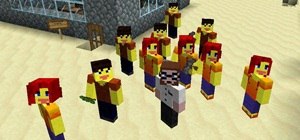
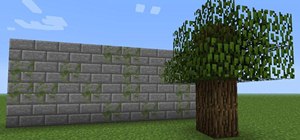
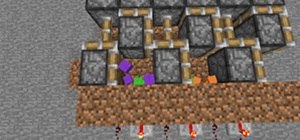
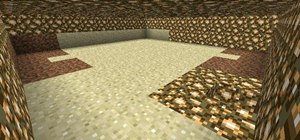
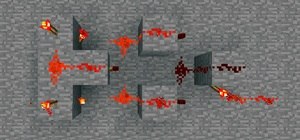
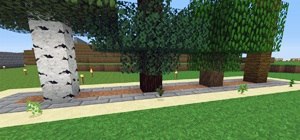
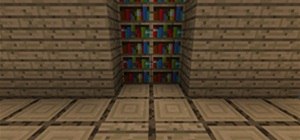
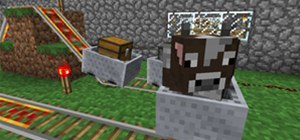
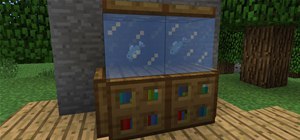
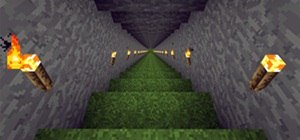
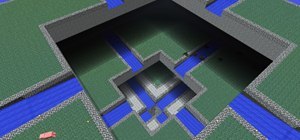
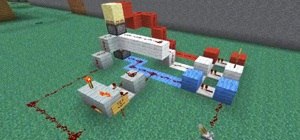
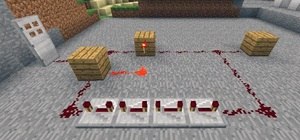
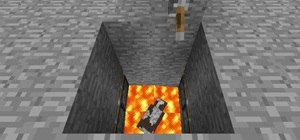


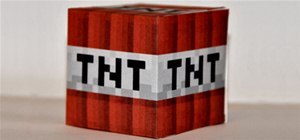

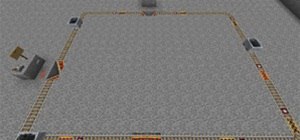
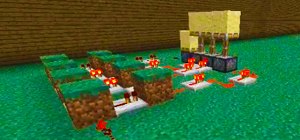
11 Comments
Thanks for this article, I have two kids who play and live Minecraft. Props to MinecraftEdu for finding education in one of my favorite games!
I'm glad you enjoyed it, Robert! If you go to Joel's Minecraft Teacher blog, you can even watch videos of how he teaches it to the kids. It may be helpful for you! =)
Great job, and great Program
I play minecraft on a almost constant basis. And I think this is an amazing idea. I am currently using minecraft to learn digital logic using redstone.
That's great, Balthier! Do you think you could tell us more about how redstone digital logic applies to real digital logic? I was thinking of writing an article about that at some point in the future, and I'd love to hear your perspective!
I'm showing this to my mom...
Good! Let us know what she says. =)
how much? you deleted or moved the price so i think i remember $18.95 for 25 accounts?
I'm gonna show to this to my dad.
26.65$ for one account
19.95 EURO
Fantastic article. More parents need to get to know Minecraft. I've watched my kids build the most incredible things and DO the most incredible collaborative things with their friends with this game. It is not "just another video game". Everything in moderation, of course, but I would so much rather have my boys playing Minecraft than watching ANYTHING on television. And they absolutely agree. Wish we had some teachers doing the same thing here in Avon, CT!
Share Your Thoughts